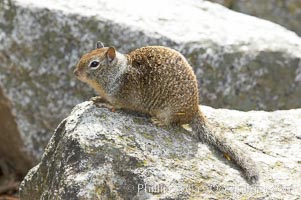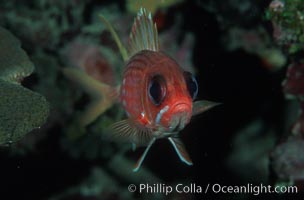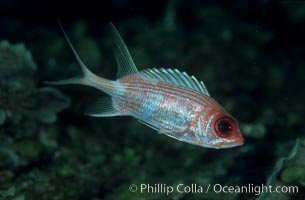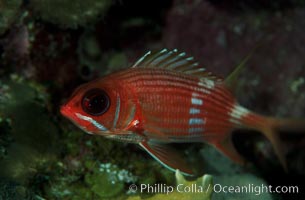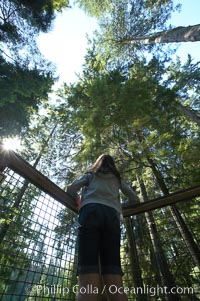
Douglas fir and Western hemlock trees reach for the sky in a British Columbia temperate rainforest.
Location: Capilano Suspension Bridge, Vancouver, British Columbia, Canada
Image ID: 21158
Location: Capilano Suspension Bridge, Vancouver, British Columbia, Canada
Image ID: 21158
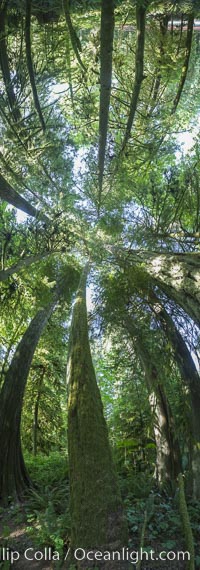
Ancient Douglas fir trees in Cathedral Grove. Cathedral Grove is home to huge, ancient, old-growth Douglas fir trees. About 300 years ago a fire killed most of the trees in this grove, but a small number of trees survived and were the originators of what is now Cathedral Grove. Western redcedar trees grow in adundance in the understory below the taller Douglas fir trees.
Species: Douglas fir tree, Pseudotsuga menziesii
Location: Cathedral Grove, MacMillan Provincial Park, Vancouver Island, British Columbia, Canada
Image ID: 22457
Panorama dimensions: 8838 x 3324
Species: Douglas fir tree, Pseudotsuga menziesii
Location: Cathedral Grove, MacMillan Provincial Park, Vancouver Island, British Columbia, Canada
Image ID: 22457
Panorama dimensions: 8838 x 3324
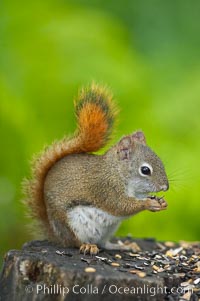
North American red squirrel eats seeds in the shade of a Minnesota birch forest. Red squirrels are found in coniferous, deciduous and mixed forested habitats from Alaska, across Canada, throughout the Northeast and south to the Appalachian states, as well as in the Rocky Mountains.
Species: North american red squirrel, Tamiasciurus hudsonicus
Location: Orr, Minnesota
Image ID: 18905
Species: North american red squirrel, Tamiasciurus hudsonicus
Location: Orr, Minnesota
Image ID: 18905
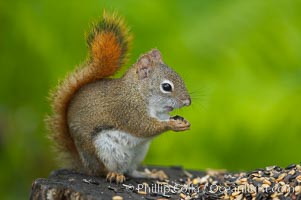
North American red squirrel eats seeds in the shade of a Minnesota birch forest. Red squirrels are found in coniferous, deciduous and mixed forested habitats from Alaska, across Canada, throughout the Northeast and south to the Appalachian states, as well as in the Rocky Mountains.
Species: North american red squirrel, Tamiasciurus hudsonicus
Location: Orr, Minnesota
Image ID: 18906
Species: North american red squirrel, Tamiasciurus hudsonicus
Location: Orr, Minnesota
Image ID: 18906
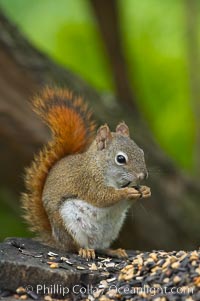
North American red squirrel eats seeds in the shade of a Minnesota birch forest. Red squirrels are found in coniferous, deciduous and mixed forested habitats from Alaska, across Canada, throughout the Northeast and south to the Appalachian states, as well as in the Rocky Mountains.
Species: North american red squirrel, Tamiasciurus hudsonicus
Location: Orr, Minnesota
Image ID: 18907
Species: North american red squirrel, Tamiasciurus hudsonicus
Location: Orr, Minnesota
Image ID: 18907
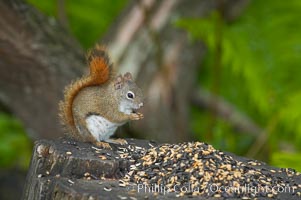
North American red squirrel eats seeds in the shade of a Minnesota birch forest. Red squirrels are found in coniferous, deciduous and mixed forested habitats from Alaska, across Canada, throughout the Northeast and south to the Appalachian states, as well as in the Rocky Mountains.
Species: North american red squirrel, Tamiasciurus hudsonicus
Location: Orr, Minnesota
Image ID: 18908
Species: North american red squirrel, Tamiasciurus hudsonicus
Location: Orr, Minnesota
Image ID: 18908
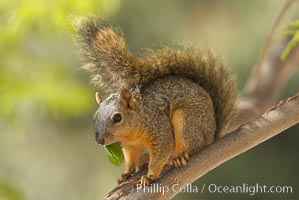
Eastern fox squirrel. The eastern fox squirrel historically occur in the eastern and central portions of North America, but have been introduced in the 1900's to urban areas in the western United States. They are the largest of the North American squirrels, reaching 29 inches in length and up to 3 pounds. They are generalist feeders with a diet that varies according to their habitat, including nuts, seed, bird eggs and chicks, frogs, flowers and agricultural crops.
Species: Eastern fox squirrel, Sciurus niger
Location: Los Angeles, California
Image ID: 18964
Species: Eastern fox squirrel, Sciurus niger
Location: Los Angeles, California
Image ID: 18964
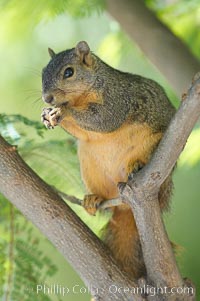
Eastern fox squirrel. The eastern fox squirrel historically occur in the eastern and central portions of North America, but have been introduced in the 1900's to urban areas in the western United States. They are the largest of the North American squirrels, reaching 29 inches in length and up to 3 pounds. They are generalist feeders with a diet that varies according to their habitat, including nuts, seed, bird eggs and chicks, frogs, flowers and agricultural crops.
Species: Eastern fox squirrel, Sciurus niger
Location: Los Angeles, California
Image ID: 18965
Species: Eastern fox squirrel, Sciurus niger
Location: Los Angeles, California
Image ID: 18965
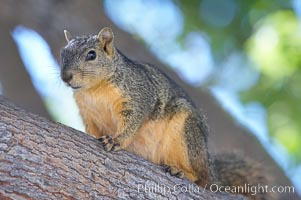
Eastern fox squirrel. The eastern fox squirrel historically occur in the eastern and central portions of North America, but have been introduced in the 1900's to urban areas in the western United States. They are the largest of the North American squirrels, reaching 29 inches in length and up to 3 pounds. They are generalist feeders with a diet that varies according to their habitat, including nuts, seed, bird eggs and chicks, frogs, flowers and agricultural crops.
Species: Eastern fox squirrel, Sciurus niger
Location: Los Angeles, California
Image ID: 18966
Species: Eastern fox squirrel, Sciurus niger
Location: Los Angeles, California
Image ID: 18966
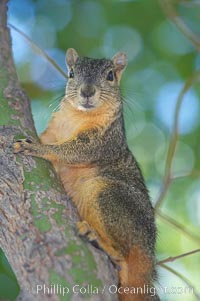
Eastern fox squirrel. The eastern fox squirrel historically occur in the eastern and central portions of North America, but have been introduced in the 1900's to urban areas in the western United States. They are the largest of the North American squirrels, reaching 29 inches in length and up to 3 pounds. They are generalist feeders with a diet that varies according to their habitat, including nuts, seed, bird eggs and chicks, frogs, flowers and agricultural crops.
Species: Eastern fox squirrel, Sciurus niger
Location: Los Angeles, California
Image ID: 18967
Species: Eastern fox squirrel, Sciurus niger
Location: Los Angeles, California
Image ID: 18967
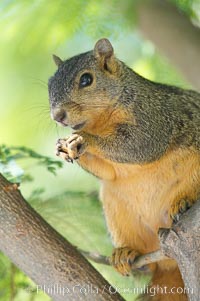
Eastern fox squirrel. The eastern fox squirrel historically occur in the eastern and central portions of North America, but have been introduced in the 1900's to urban areas in the western United States. They are the largest of the North American squirrels, reaching 29 inches in length and up to 3 pounds. They are generalist feeders with a diet that varies according to their habitat, including nuts, seed, bird eggs and chicks, frogs, flowers and agricultural crops.
Species: Eastern fox squirrel, Sciurus niger
Location: Los Angeles, California
Image ID: 18968
Species: Eastern fox squirrel, Sciurus niger
Location: Los Angeles, California
Image ID: 18968
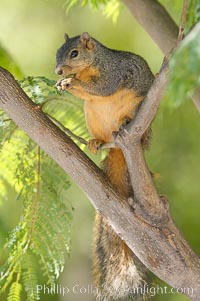
Eastern fox squirrel. The eastern fox squirrel historically occur in the eastern and central portions of North America, but have been introduced in the 1900's to urban areas in the western United States. They are the largest of the North American squirrels, reaching 29 inches in length and up to 3 pounds. They are generalist feeders with a diet that varies according to their habitat, including nuts, seed, bird eggs and chicks, frogs, flowers and agricultural crops.
Species: Eastern fox squirrel, Sciurus niger
Location: Los Angeles, California
Image ID: 18969
Species: Eastern fox squirrel, Sciurus niger
Location: Los Angeles, California
Image ID: 18969
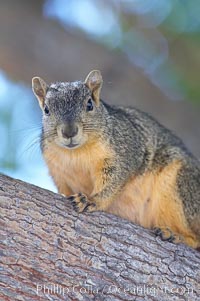
Eastern fox squirrel. The eastern fox squirrel historically occur in the eastern and central portions of North America, but have been introduced in the 1900's to urban areas in the western United States. They are the largest of the North American squirrels, reaching 29 inches in length and up to 3 pounds. They are generalist feeders with a diet that varies according to their habitat, including nuts, seed, bird eggs and chicks, frogs, flowers and agricultural crops.
Species: Eastern fox squirrel, Sciurus niger
Location: Los Angeles, California
Image ID: 18970
Species: Eastern fox squirrel, Sciurus niger
Location: Los Angeles, California
Image ID: 18970
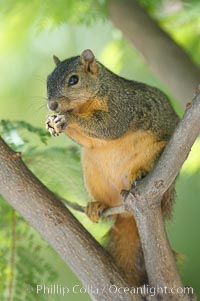
Eastern fox squirrel. The eastern fox squirrel historically occur in the eastern and central portions of North America, but have been introduced in the 1900's to urban areas in the western United States. They are the largest of the North American squirrels, reaching 29 inches in length and up to 3 pounds. They are generalist feeders with a diet that varies according to their habitat, including nuts, seed, bird eggs and chicks, frogs, flowers and agricultural crops.
Species: Eastern fox squirrel, Sciurus niger
Location: Los Angeles, California
Image ID: 18971
Species: Eastern fox squirrel, Sciurus niger
Location: Los Angeles, California
Image ID: 18971
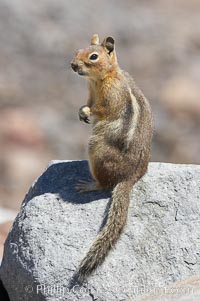
Unidentified squirrel, Panorama Point, Paradise Park.
Species: Spermophilus saturatus
Location: Mount Rainier National Park, Washington
Image ID: 13918
Species: Spermophilus saturatus
Location: Mount Rainier National Park, Washington
Image ID: 13918
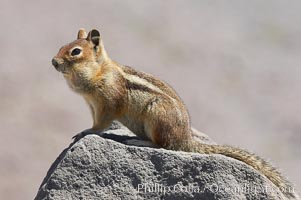
Unidentified squirrel, Panorama Point, Paradise Park.
Species: Spermophilus saturatus
Location: Mount Rainier National Park, Washington
Image ID: 13919
Species: Spermophilus saturatus
Location: Mount Rainier National Park, Washington
Image ID: 13919
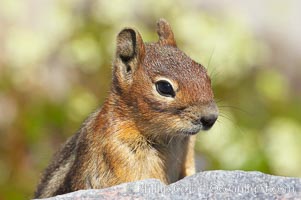
Unidentified squirrel, Panorama Point, Paradise Park.
Species: Spermophilus saturatus
Location: Mount Rainier National Park, Washington
Image ID: 13921
Species: Spermophilus saturatus
Location: Mount Rainier National Park, Washington
Image ID: 13921
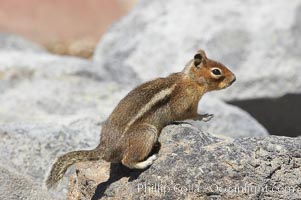
Unidentified squirrel, Panorama Point, Paradise Park.
Species: Spermophilus saturatus
Location: Mount Rainier National Park, Washington
Image ID: 13922
Species: Spermophilus saturatus
Location: Mount Rainier National Park, Washington
Image ID: 13922
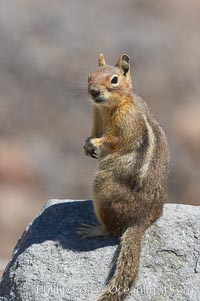
Unidentified squirrel, Panorama Point, Paradise Park.
Species: Spermophilus saturatus
Location: Mount Rainier National Park, Washington
Image ID: 13923
Species: Spermophilus saturatus
Location: Mount Rainier National Park, Washington
Image ID: 13923
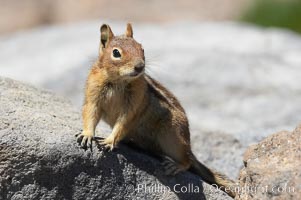
Unidentified squirrel, Panorama Point, Paradise Park.
Species: Spermophilus saturatus
Location: Mount Rainier National Park, Washington
Image ID: 13924
Species: Spermophilus saturatus
Location: Mount Rainier National Park, Washington
Image ID: 13924
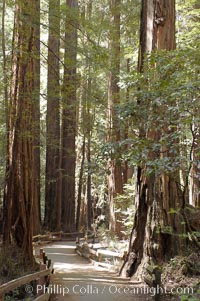
Coastal redwoods and Douglas firs dominate the Muir Woods National Monument north of San Francisco. Coast redwoods are the worlds tallest living species and second-most massive tree (after the giant Sequoia), reaching 370 ft in height and 22 ft in diameter. Muir Woods National Monument, Golden Gate National Recreation Area, north of San Francisco.
Species: Coastal redwood, Pseudotsuga menziesii, Sequoia sempervirens
Location: Muir Woods National Monument, California
Image ID: 09074
Species: Coastal redwood, Pseudotsuga menziesii, Sequoia sempervirens
Location: Muir Woods National Monument, California
Image ID: 09074
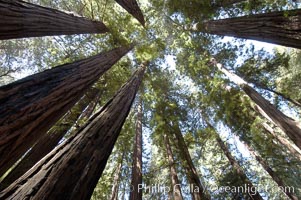
Coastal redwoods and Douglas firs dominate the Muir Woods National Monument north of San Francisco. Coast redwoods are the worlds tallest living species and second-most massive tree (after the giant Sequoia), reaching 370 ft in height and 22 ft in diameter. Muir Woods National Monument, Golden Gate National Recreation Area, north of San Francisco.
Species: Coastal redwood, Pseudotsuga menziesii, Sequoia sempervirens
Location: Muir Woods National Monument, California
Image ID: 09075
Species: Coastal redwood, Pseudotsuga menziesii, Sequoia sempervirens
Location: Muir Woods National Monument, California
Image ID: 09075
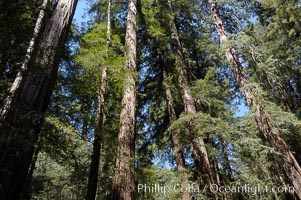
Coastal redwoods and Douglas firs dominate the Muir Woods National Monument north of San Francisco. Coast redwoods are the worlds tallest living species and second-most massive tree (after the giant Sequoia), reaching 370 ft in height and 22 ft in diameter. Muir Woods National Monument, Golden Gate National Recreation Area, north of San Francisco.
Species: Coastal redwood, Pseudotsuga menziesii, Sequoia sempervirens
Location: Muir Woods National Monument, California
Image ID: 09076
Species: Coastal redwood, Pseudotsuga menziesii, Sequoia sempervirens
Location: Muir Woods National Monument, California
Image ID: 09076
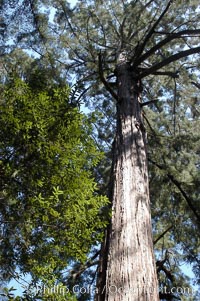
Coastal redwoods and Douglas firs dominate the Muir Woods National Monument north of San Francisco. Coast redwoods are the worlds tallest living species and second-most massive tree (after the giant Sequoia), reaching 370 ft in height and 22 ft in diameter. Muir Woods National Monument, Golden Gate National Recreation Area, north of San Francisco.
Species: Coastal redwood, Pseudotsuga menziesii, Sequoia sempervirens
Location: Muir Woods National Monument, California
Image ID: 09077
Species: Coastal redwood, Pseudotsuga menziesii, Sequoia sempervirens
Location: Muir Woods National Monument, California
Image ID: 09077
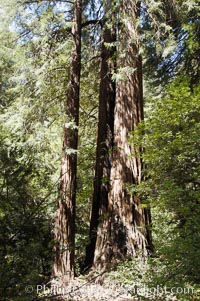
Coastal redwoods and Douglas firs dominate the Muir Woods National Monument north of San Francisco. Coast redwoods are the worlds tallest living species and second-most massive tree (after the giant Sequoia), reaching 370 ft in height and 22 ft in diameter. Muir Woods National Monument, Golden Gate National Recreation Area, north of San Francisco.
Species: Coastal redwood, Pseudotsuga menziesii, Sequoia sempervirens
Location: Muir Woods National Monument, California
Image ID: 09078
Species: Coastal redwood, Pseudotsuga menziesii, Sequoia sempervirens
Location: Muir Woods National Monument, California
Image ID: 09078
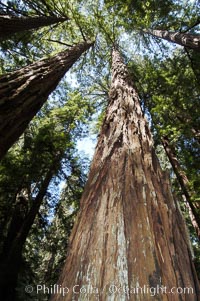
Coastal redwoods and Douglas firs dominate the Muir Woods National Monument north of San Francisco. Coast redwoods are the worlds tallest living species and second-most massive tree (after the giant Sequoia), reaching 370 ft in height and 22 ft in diameter. Muir Woods National Monument, Golden Gate National Recreation Area, north of San Francisco.
Species: Coastal redwood, Pseudotsuga menziesii, Sequoia sempervirens
Location: Muir Woods National Monument, California
Image ID: 09079
Species: Coastal redwood, Pseudotsuga menziesii, Sequoia sempervirens
Location: Muir Woods National Monument, California
Image ID: 09079
